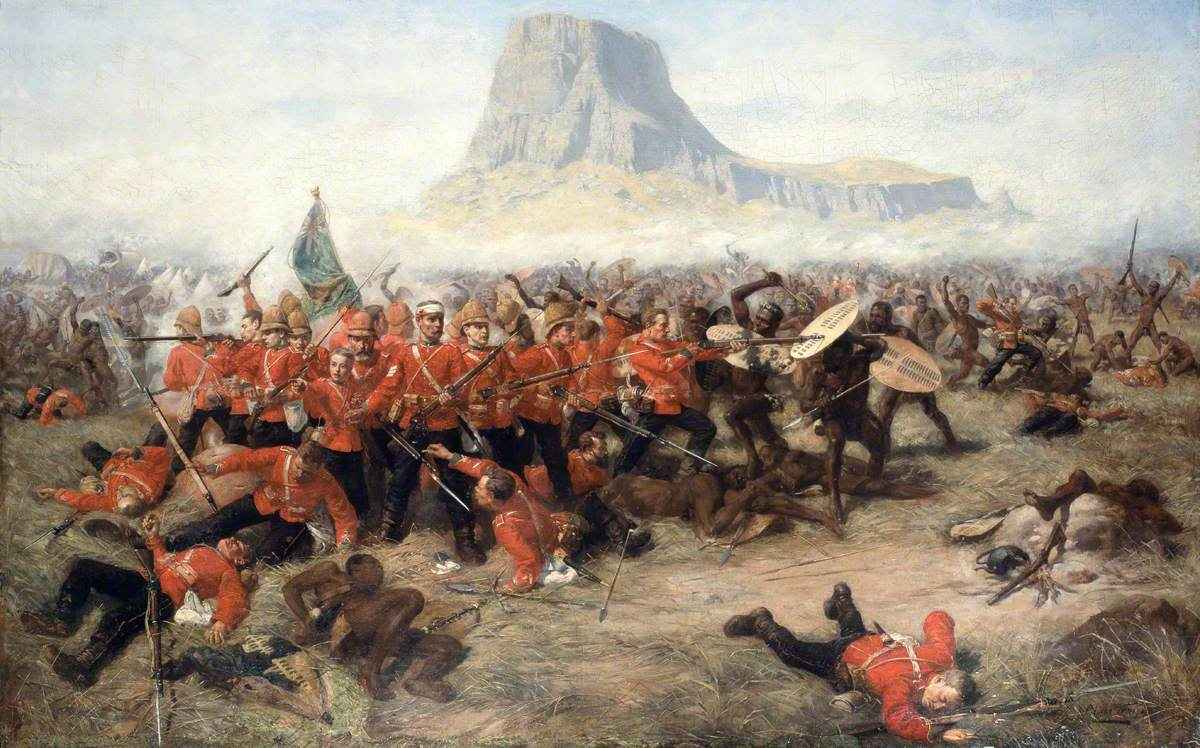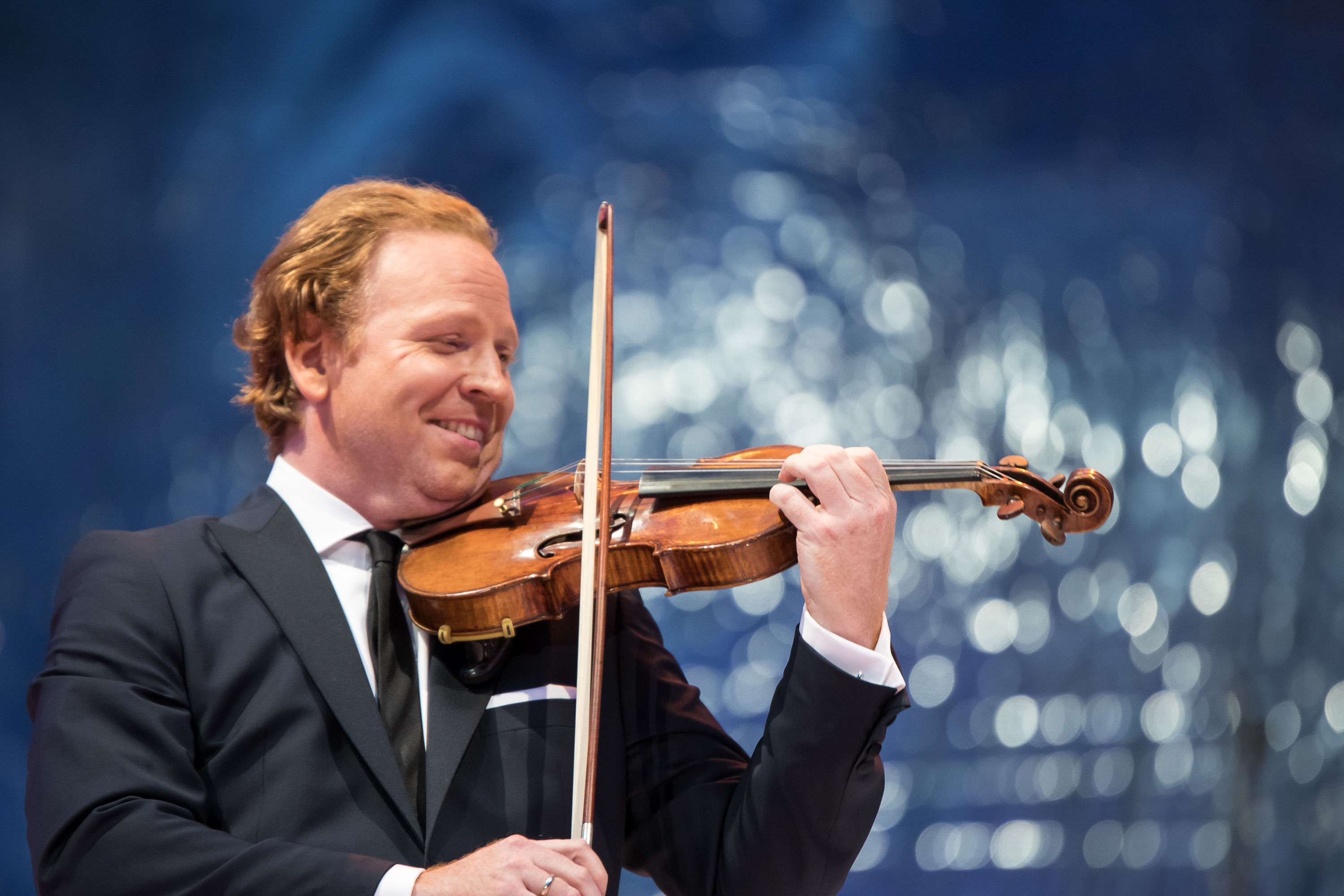|
Violin Concerto (Fauré)
The Violin Concerto in D minor, Op. 14, is an unfinished violin concerto by Gabriel Fauré, who worked on it between 1878 and 1879. Of the two completed movements, only the first survives. Background Following the success of his first violin sonata, Fauré intended to compose a violin concerto for his friend Ovide Musin. The second movement, ''Andante'', was completed first, and was premiered in a piano arrangement by Musin and André Messager at the Société Nationale de Musique on 28 December 1878. In summer 1879, Fauré wrote to Pauline Viardot that he was happy with the progress of the concerto and had material for the last movement, though he would never complete it. The first and second movements were premiered on 12 April 1880 with Musin as the soloist and Édouard Colonne conducting. A contemporary reviewer for the ''Revue et gazette musicale de Paris'' admired the "inventive" second movement, describing it "full of charm and passion", but counselled Fauré to rework ... [...More Info...] [...Related Items...] OR: [Wikipedia] [Google] [Baidu] |
Revue Et Gazette Musicale De Paris
The ' () was a weekly musical review founded in 1827 by the Belgian musicologist, teacher and composer François-Joseph Fétis, then working as professor of counterpoint and fugue at the Conservatoire de Paris. It was the first French-language journal dedicated entirely to classical music. In November 1835 it merged with Maurice Schlesinger's ''Gazette musicale de Paris'' (; first published in January 1834) to form ''Revue et gazette musicale de Paris'' (), first published on 1 November 1835. It ceased publication in 1880. History By 1830 the ''Revue musicale'', written and published by Fétis, was on sale at Maurice Schlesinger's music seller's premises.Vol 7 (Tome VIII, IVme année) (1830) sold by Fétis, Alexandre Mesnier & Schlesinger. See review of Vol. 7 i''Revue française'', Issues 13-14, p. 281-3 Schlesinger (whose father founded the ''Berliner allgemeine musikalische Zeitung'') was a German music editor who had moved to Paris in 1821. Schlesinger published editions ... [...More Info...] [...Related Items...] OR: [Wikipedia] [Google] [Baidu] |
1879 Compositions
Events January * January 1 ** The Specie Resumption Act takes effect. The United States Note is valued the same as gold, for the first time since the American Civil War. ** Brahms' Violin Concerto is premiered in Leipzig with Joseph Joachim as soloist and the composer conducting. * January 11 – The Anglo-Zulu War begins. * January 22 – Anglo-Zulu War – Battle of Isandlwana: A force of 1,200 British soldiers is wiped out by over 20,000 Zulu warriors. * January 23 – Anglo-Zulu War – Battle of Rorke's Drift: Following the previous day's defeat, a smaller British force of 140 successfully repels an attack by 4,000 Zulus. February * February 3 – Mosley Street in Newcastle upon Tyne (England) becomes the world's first public highway to be lit by the electric incandescent light bulb invented by Joseph Swan. * February 8 – At a meeting of the Royal Canadian Institute, engineer and inventor Sandford Fleming first proposes the global adoption o ... [...More Info...] [...Related Items...] OR: [Wikipedia] [Google] [Baidu] |
Violin Concertos
The violin, sometimes referred to as a fiddle, is a wooden chordophone, and is the smallest, and thus highest-pitched instrument (soprano) in regular use in the violin family. Smaller violin-type instruments exist, including the violino piccolo and the pochette, but these are virtually unused. Most violins have a hollow wooden body, and commonly have four strings (sometimes five), usually tuned in perfect fifths with notes G3, D4, A4, E5, and are most commonly played by drawing a bow across the strings. The violin can also be played by plucking the strings with the fingers ( pizzicato) and, in specialized cases, by striking the strings with the wooden side of the bow ( col legno). Violins are important instruments in a wide variety of musical genres. They are most prominent in the Western classical tradition, both in ensembles (from chamber music to orchestras) and as solo instruments. Violins are also important in many varieties of folk music, including country music, ... [...More Info...] [...Related Items...] OR: [Wikipedia] [Google] [Baidu] |
Concertante Works By Gabriel Fauré
Sinfonia concertante (; also called ''symphonie concertante'') is an orchestral work, normally in several movements, in which one or more solo instruments contrast with the full orchestra.Collins: ''Encyclopedia of Music'', William Collins Sons & Company Ltd., 1976 504. o. It emerged as a musical form during the Classical period of Western music from the Baroque concerto grosso. Sinfonia concertante encompasses the symphony and the concerto genres, a concerto in that soloists are on prominent display, and a symphony in that the soloists are nonetheless discernibly a part of the total ensemble and not preeminent. Sinfonia concertante is the ancestor of the double and triple concerti of the Romantic period corresponding approximately to the 19th century. Classical era In the Baroque period, the differences between a concerto and a ''sinfonia'' (also "symphony") were initially not all that clear. The word ''sinfonia'' would, for example, be used as the name for an overture to a s ... [...More Info...] [...Related Items...] OR: [Wikipedia] [Google] [Baidu] |
Cambridge University Press
Cambridge University Press was the university press of the University of Cambridge. Granted a letters patent by King Henry VIII in 1534, it was the oldest university press in the world. Cambridge University Press merged with Cambridge Assessment to form Cambridge University Press and Assessment under Queen Elizabeth II's approval in August 2021. With a global sales presence, publishing hubs, and offices in more than 40 countries, it published over 50,000 titles by authors from over 100 countries. Its publications include more than 420 academic journals, monographs, reference works, school and university textbooks, and English language teaching and learning publications. It also published Bibles, runs a bookshop in Cambridge, sells through Amazon, and has a conference venues business in Cambridge at the Pitt Building and the Sir Geoffrey Cass Sports and Social Centre. It also served as the King's Printer. Cambridge University Press, as part of the University of Cambridge, was a ... [...More Info...] [...Related Items...] OR: [Wikipedia] [Google] [Baidu] |
Daniel Hope (violinist)
Daniel Hope (born 17 August 1973 in Durban, South Africa) is a South African born classical violinist. Early life and education Hope was born in Durban, South Africa, and is of Irish and Jewish German descent, his maternal grandparents, formerly from Berlin, having escaped Nazism. His father is the novelist Christopher Hope (novelist), Christopher Hope, Royal Society of Literature, FRSL, and his mother Eleanor Hope worked as an assistant to Yehudi Menuhin. When Hope was just six months old, his family moved from South Africa to London, because of his father's anti-apartheid views. In the UK Hope was educated at Highgate School and studied at the Yehudi Menuhin School in Stoke d'Abernon. In 2011 he was appointed visiting professor in violin by the Royal Academy of Music, where he had studied under Zakhar Bron and gained a diploma (DipRAM) and a fellowship (FRAM). Career Hope became the violinist of the Beaux Arts Trio in 2002. His burgeoning career led to his decision to lea ... [...More Info...] [...Related Items...] OR: [Wikipedia] [Google] [Baidu] |
Moshe Atzmon
Moshe Atzmon (; born 30 July 1931) is an Israeli conductor. He was born Móse Grószberger in Budapest, and at the age of thirteen he emigrated with his family to Tel Aviv, Israel. He started his musical career on the horn before going to London for further studies in conducting. He has won several conducting prizes and held many positions with major orchestras. He was chief conductor of the Sydney Symphony Orchestra from 1967 to 1971 and the Sinfonieorchester Basel from 1972 to 1986. He was chief conductor of orchestras in Tokyo, Nagoya, and Rennes Rennes (; ; Gallo language, Gallo: ''Resnn''; ) is a city in the east of Brittany in Northwestern France at the confluence of the rivers Ille and Vilaine. Rennes is the prefecture of the Brittany (administrative region), Brittany Regions of F ... and of the Dortmunder Philharmoniker. External links Moshe AtzmonDaCapo Records Moshe Atzmon klassika.info 1931 births Living people Hungarian male conductors (music) ... [...More Info...] [...Related Items...] OR: [Wikipedia] [Google] [Baidu] |
String Quartet (Fauré)
The String Quartet in E minor, Op. 121, is the only string quartet by Gabriel Fauré. Completed in 1924 shortly before his death at the age of 79, it is his final composition. His pupil Maurice Ravel had dedicated his String Quartet to Fauré in 1903, and he and others urged Fauré to compose one of his own; he declined on the grounds that it was too difficult. When he finally decided to write it, he did so in trepidation. The quartet is in three movements, the last movement combining the functions of scherzo and finale. The work has been described as an intimate meditation on the last things, and "an extraordinary work by any standards, ethereal and other-worldly with themes that seem constantly to be drawn skywards." History When Fauré was director of the Paris Conservatoire (from 1905 to 1920) he customarily left Paris for several weeks at the end of the academic year to compose in peace in quiet resorts. After his retirement he continued to retreat from Paris for bouts of su ... [...More Info...] [...Related Items...] OR: [Wikipedia] [Google] [Baidu] |



